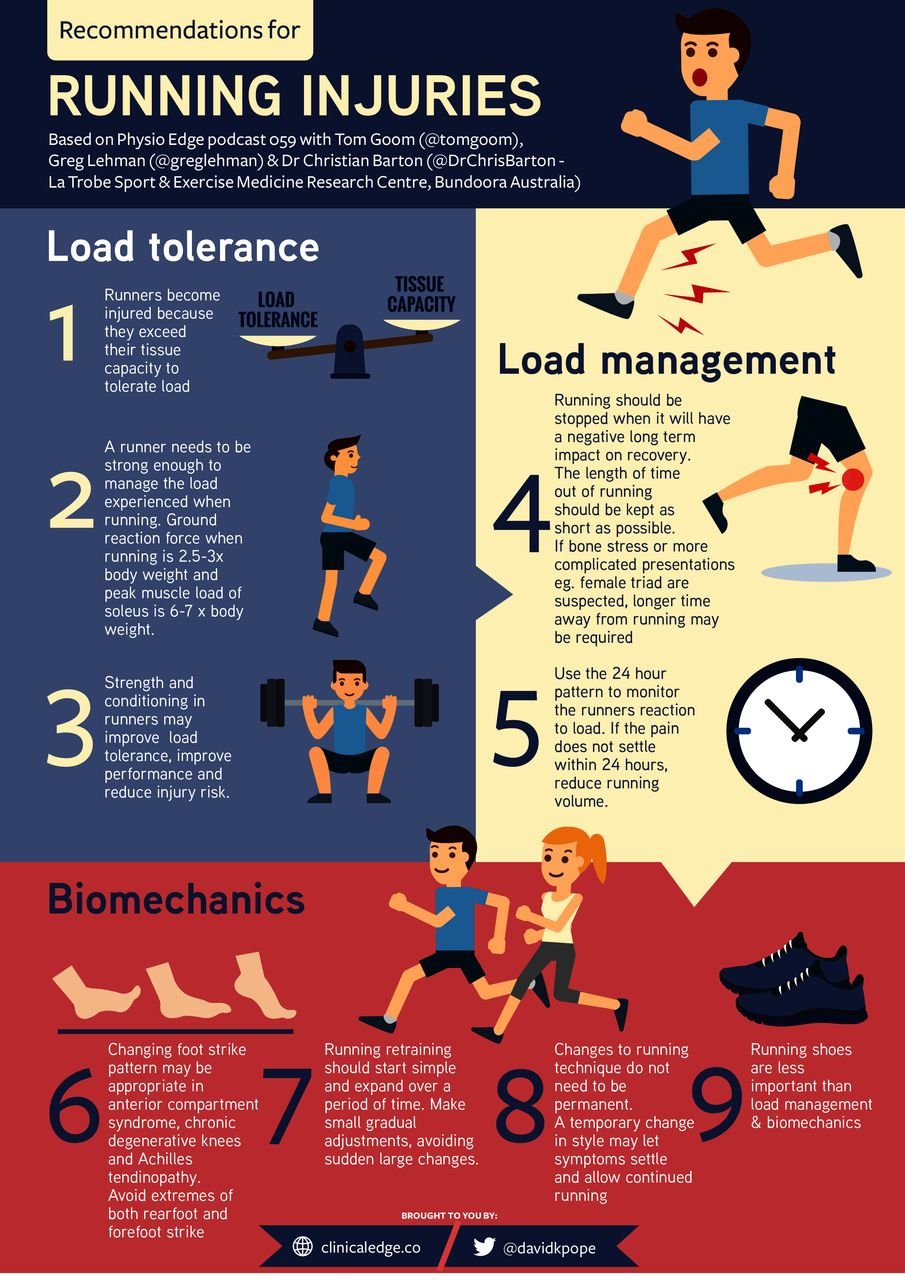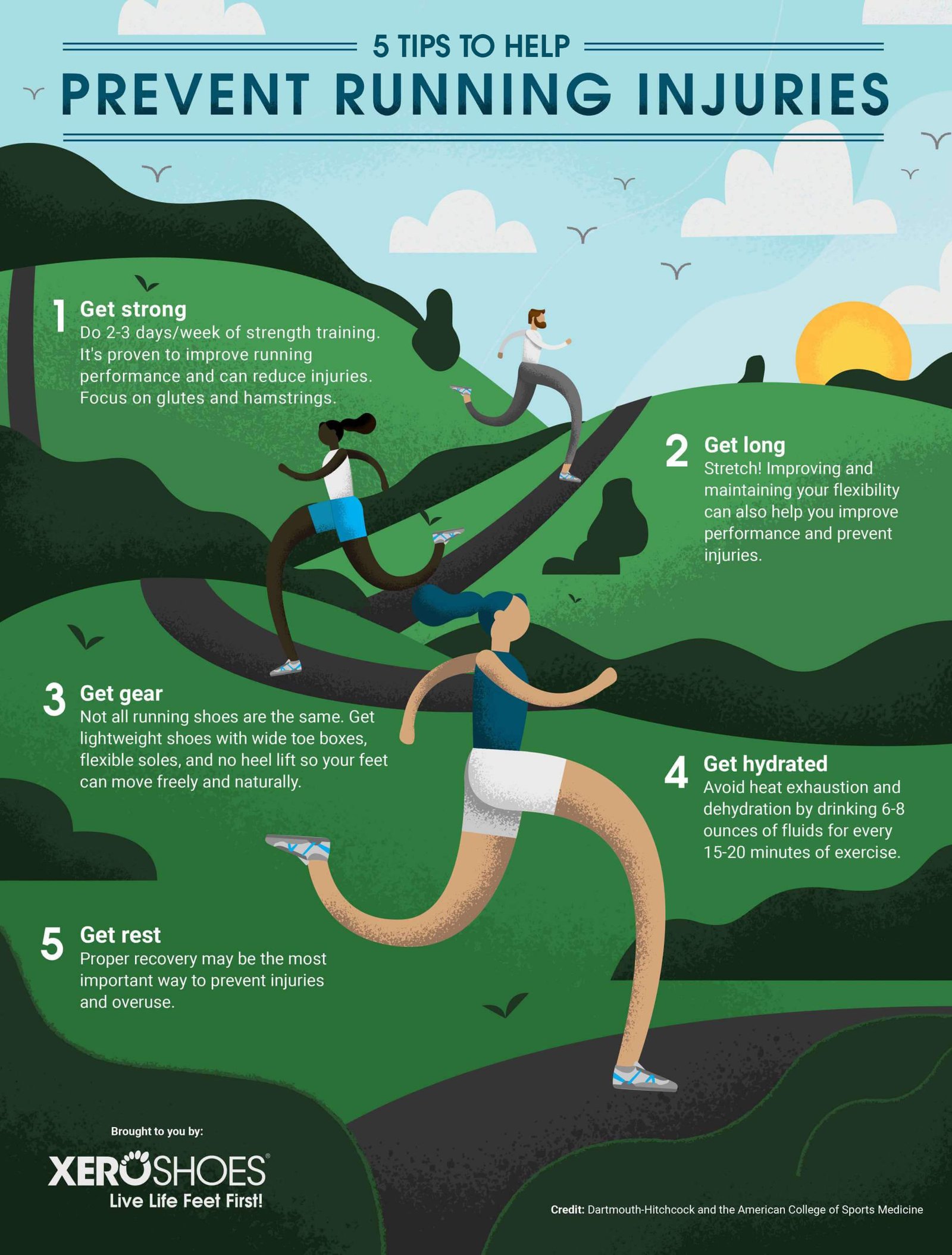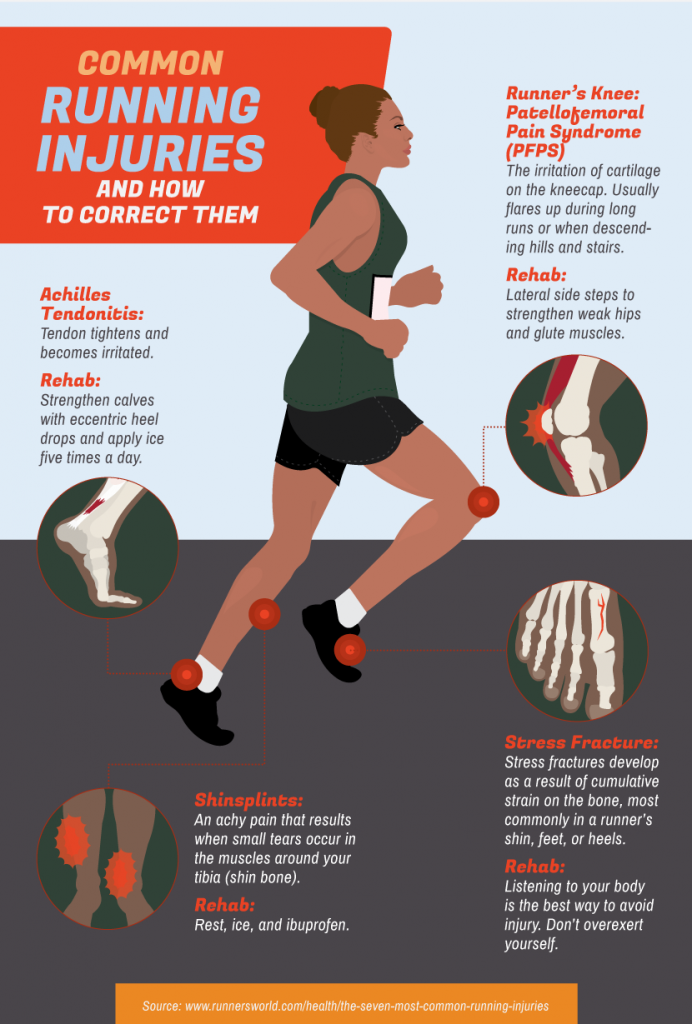Facts on running injuries : Running is an amazing way to get fit and get some fresh air at the same time. It’s a wonderful activity that is underutilized in the fitness world. Gyms are great, good old-fashioned running does the job just fine and it doesn’t require a paid membership.
However, some people are wary of running because it could lead to physical injury. There are a lot of misconceptions that surround running as a sport and physical activity, which is why it’s important to do the necessary research before you decide to get in on the trend.
-
Rate of injury
Any physical activity comes with a risk of injury. However, not every activity is created equal in this regard. Running seems like a pretty benign activity, it seems unlikely that people would get injured by simply having a run or going jogging in nature.
However, the numbers say otherwise. It’s estimated that at least a third of runners will experience a running injury every year. Obviously, this depends on how often they run and what kind of physical condition they’re in. Untrained runners that have just started will experience a certain amount of joint pain for the first couple of months of running. This pain passes as their joints get used to the activity, but it’s still enough to keep many from continuing their training.
Even the most experienced runners can’t avoid certain types of injuries. They often overestimate their bodies and overexert themselves. For every thousand hours of running, a runner can expect to get anywhere between two to a dozen running injuries. The rate of injury depends on a multitude of factors that include the type of terrain they traverse and the types of running shoes they use.
-
Types of injuries runners face
Due to the nature of running, most runners’ injuries are concentrated in the leg area. Joints, tendons, bones, and muscles are all susceptible to injuries while running. Runner’s knee is a very common ailment that affects those who overexert their knee joint on long running sessions. Shin splints are a common type of pain that occurs when runners suddenly start a more demanding routine. It’s manifested with pain along the inner side of the shin.
The Achilles tendon is particularly vulnerable to stress-based injuries. The tendon often gets inflamed and sore during physical activity.
Runners underestimate the amount of stress running puts on their legs. They set unrealistic goals, get injured, and quickly find themselves in a need of professional help. They can turn to help in Aevum Physiotherapy clinic to treat those injuries.
-
Mitigating the risks
When you look at the numbers, it seems like leg injuries are an unavoidable part of running. However, they only happen when runners aren’t being careful. Taking care of your body is an important aspect of any physical activity.
With the help of proper warm-ups and high-quality gear, it’s possible to reduce the chance of injury. A big part of prevention is also being aware of one’s own limits. A lot of runners want to achieve their running goals at all costs, not knowing that they will injure themselves and cause a temporary setback.
Too much running or a very sudden start of the activity are the main culprits. Any increases in mileage or intensity should be gradual in order for joints and muscles to be able to adapt in time.
Conclusion
Despite the potential for injuries, running remains a very popular way to stay fit and healthy. The injuries themselves aren’t too bad and they are treatable with physical therapy and rest. As long as moderation is practised, running shouldn’t pose a problem for most people in solid physical condition.
Related Videos :
Related Infographics :








